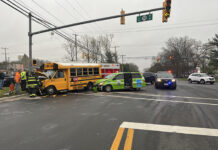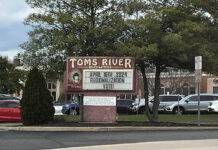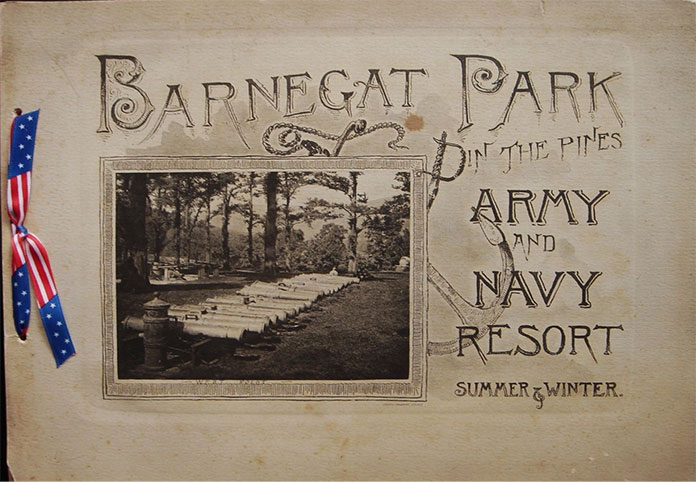
BERKELEY – Have you ever heard of Barnegat Park? Probably not. You might have driven past it and not realized it. You might even live there.
Barnegat Park is the name of a neighborhood that was started more than a hundred years ago. Today, it could be described as being between Route 9 and the Garden State Parkway, and Northern Boulevard to Cedar Creek.
Names of places are funny that way. You would think that “Barnegat Park” would be in Barnegat Township. But, the owner of a development can pretty much call it anything they want. And the man who started it all called it “Barnegat Park.”
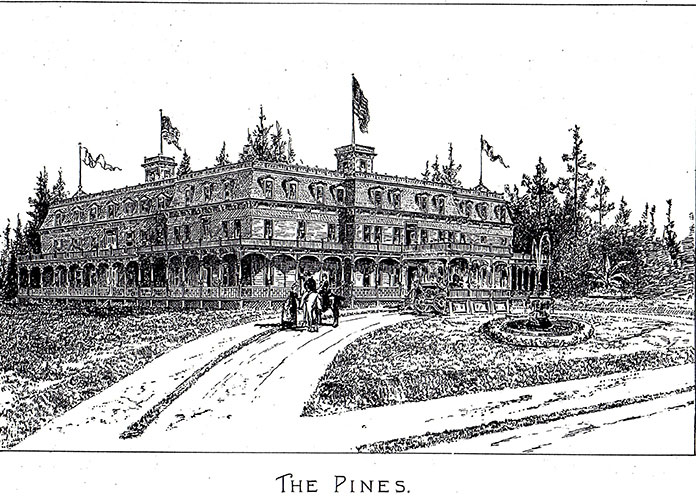
History is not just about places, but about people. Central to this story is Lt. Edward S. Farrow, who had distinguished himself in battles against “Indians” in Idaho. He imagined Barnegat Park would be a home for military men and their families. It was veterans housing before such a thing existed. It even had a commissary.
Local amateur historian Gerald Beer has dedicated quite a bit of his time in researching this little-known area and has put his findings in a new book, entitled “The Rise and Demise of Barnegat Park.” The book crafts a history of the place, illustrated with photos that show what the area looked like in the late 1800s and the turn of the century.
Newspapers were a great source of research. Farrow had communicated with papers all over the country to tell people about his development and to sell some lots.

These lots were often small, as small as 25 feet by 100 feet. Many were bought as investments. They are even drawn up on the Berkeley Township tax map of 1886.
He sent notices to barracks out west, wanting soldiers to purchase the land. His vision was to sell lots to retiring military officers, Beer said.
The Pines Hotel was the central part of this neighborhood. Owned by the Barnegat Park Company, no photos of it remain. Just artist’s renditions. There is, however, a photo taken on the hotel property toward the “town center” near the intersection of Wheaton Avenue and Central Boulevard which had some small shops, like a flea market, a butcher, a stable, a pharmacy, and a railroad stop.
This is not the hotel that eventually became Crystal Lake Rehabilitation and Healthcare Center. The Pines Hotel burned down in 1895. After that, interest in the growing neighborhood fizzled out. Only 13 homes were built.
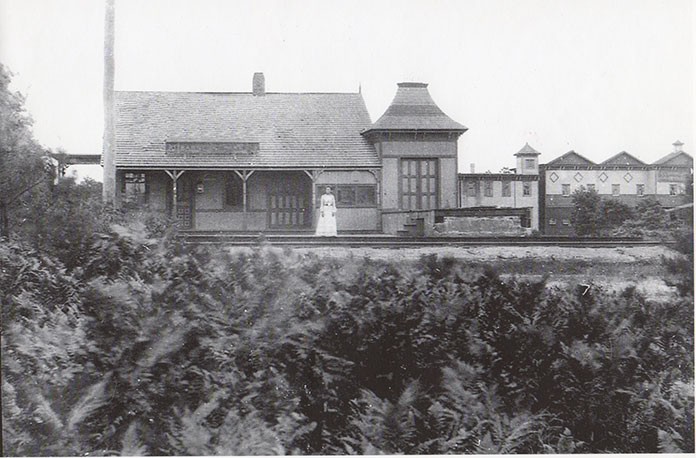
Eventually, the lots were passed down to children of the owners. Many didn’t want to continue to pay taxes on a piece of property far from where they lived. These lots would wind up coming back into the ownership of the town in tax liens.
The book also chronicles his Court Martial regarding a fraudulent deed of property.

“The story, in my estimation, it needs to be told to the people of Berkeley,” Beer said.
However, there are some mysteries still lost to history. Beer said he can’t find why Farrow came to Bayville in the first place.
He’s been selling these books for $16 (They cost $15.65 to print.) If you are interested in a copy, you can reach out to him at 732-269-5349.


